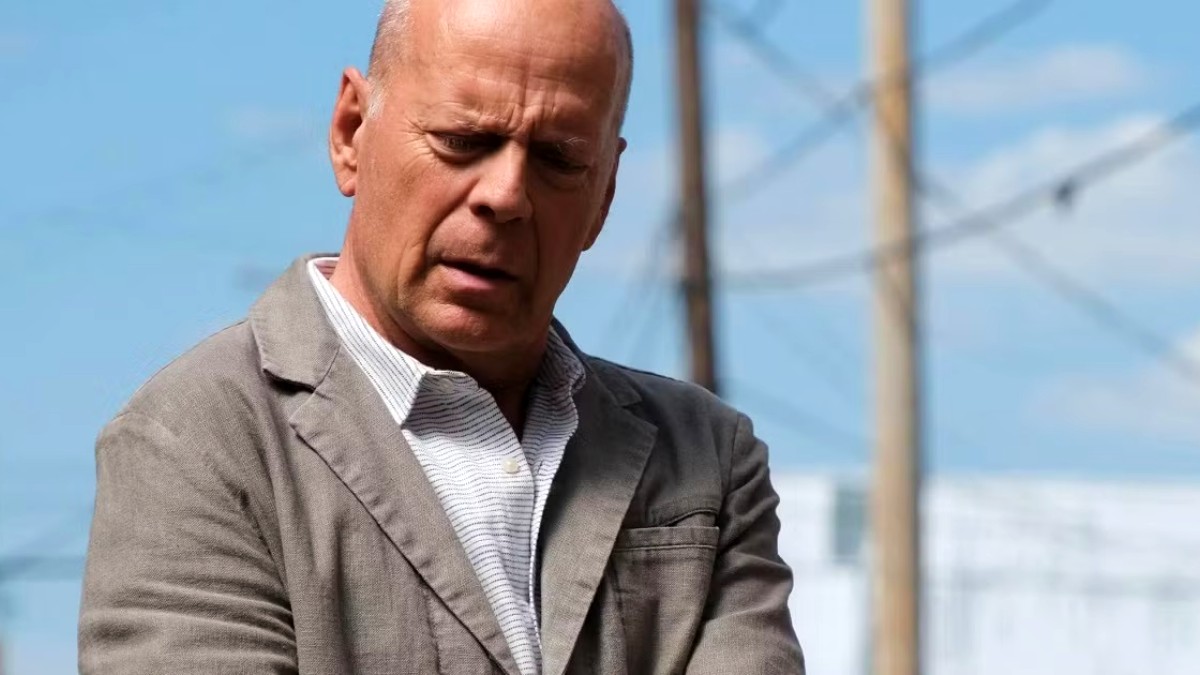Sometimes everything went smoothly and the planes caught their payload in midair. Sometimes … next stop Venezuela!
Once upon a time in the 1960s the US Government solved its spy camera problem by dropping film from space. The problem was, spooks and intel wonks wanted up-to-date information on what was going on behind the Iron Curtain, and the Soviets were proving disturbingly proficient at shooting down spy planes. Thus the Corona satellite program, brainchild of America’s favorite think tank the RAND Corporation, was born. The plan: send cameras up into space, far beyond the reach of enemy air interceptors, and then take photos. But how to get the camera and its precious film back? I think you can see where this is going.
The video shows what ought to happen when everything works smoothly. Down comes the package, gently floating to earth. Along comes a friendly aircraft, snatching it up via hook. Job done, when it worked. For a less spectacular recovery, the film buckets could also be retrieved by the Navy after a sea landing; if not recovered within two days after landing, the camera and its film was automatically dumped deep into the ocean.
The initial KH-1 series in late 1959 to early 1960 only recovered 1 in 10 of its single camera payload, but by 1963, through to 1969, the KH-4As were extremely successful, recovering almost every payload. The key word there being ‘almost,’ since this is also the age of Corona’s most spectacular blunder.
In 1964 reports began to circulate suggesting that a spy camera had been retrieved by Venezuelan farmers. The film bucket was labelled Secret but some of its mechanisms were made of gold; paydirt for the farmers, as they began hacking it to bits to see what else could be salvaged. By the time the US Government was able to retrieve it, buying it back from the Venezuelan Minister of Defense, the film bucket was in bits. The Minister decided to keep its radio transmitter as a souvenir, and other parts were missing, including most of the gold.
By that point the real damage was done: Reuters had the story, and it splash-landed on the pages of the New York Times before the US Government had a chance to recover the now-ruined camera payload. To add insult to injury, the payload didn’t get back to the spooks without one final intercept, this time from US Customs.
The CIA had decided to be clever – always a bad idea – and shipped a dummy package, in addition to the real one, back to the USA, to confuse enemy spies. The dummy package was filled with junk and Customs, thinking that this highly suspicious package was a drug shipment, decided to open it. Customs found the junk, became even more suspicious, and announced it was going to carry out a full scale investigation. The CIA had to intervene, recover the junk, and burn it before things went completely Looney Tunes.
From that point forward, the spooks stopped putting Secret on the Corona spy camera film buckets. Instead, in several languages, a note on the buckets promised a cash reward to anyone who turned them in.
Source: PetaPixel
Image credits: The Space Review, Wikipedia




Published: Sep 3, 2014 12:44 pm